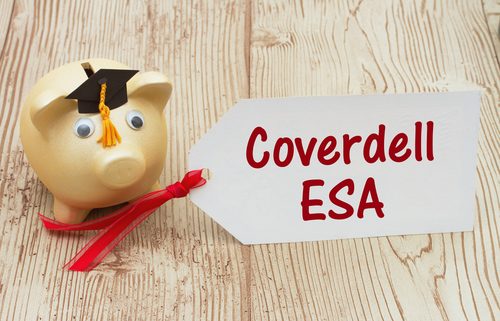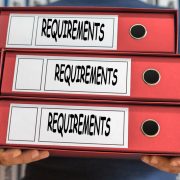How to Handle a Self-Directed CESA (Coverdell Savings Account) During a Crisis
When there is a potential economic crisis, the last thing on your mind is that you need to save more. Yet there are real concerns that investors need to think about, even when money is a concern. For example, will it be possible for investors to put aside money towards a child’s education? With a Self-Directed CESA, it is possible you might have more flexibility as an investor than you might have imagined.
Defining the Self-Directed CESA
What is this type of savings account? It is important to define it before we talk about how it might help with saving even during an economic crisis.
As you’ll find at our Self-Directed Coverdell Education Account summary page, this is an account that’s designed to provide an incentive for you to save for your children’s education. Here is what you’ll need to know about the features of this type of account:
- Like a Roth IRA, the contributions you make to this type of account are not tax-deductible. However, the money you deposit into the account will grow tax-free until distribution.
- Distributions are not taxable “if they are less than a beneficiary’s qualified education expenses at an eligible institution.”
- The benefit listed above can be applied to not only higher education expenses, but to qualified secondary education expenses, as well as qualified elementary school expenses.
- The total contributions you make to a Self-Directed CESA account are currently capped at $2,000, no matter how many accounts you might hold.
- Distributions are tax-free as long as they’re being used for education-related expenses, such as covering the cost of tuition. Books, supplies, and equipment used for education may also be legitimate expenses—as are room and board.
As you would imagine, there is a lot of power in having money grow tax-free over the years, especially when it comes to covering the ever-expanding costs of education. This allows investors to put money towards an account that can grow with the times, which means you can rely on it being there even when accounting for inflation.
Does a Self-Directed CESA Make Sense During a Crisis?
One area in which people are looking for savings is the ability to deduct contributions to a savings or retirement account on taxes. For example, contributing to a 401(k) might give an investor more flexibility with their budget because of the deductions. As these accounts are taxed on the back end rather than the front end, it allows the investor to defer the taxes until distributions are taken—which could be a generation away.
However, investors should also note that there is some flexibility that comes with using after-tax money towards savings. And since there is an upper limit of $2,000 for contributions to this type of account, it’s a good idea to think of it as a long-term vehicle for college savings rather than as a short-term solution for building wealth towards education. It is something that many new parents might want to consider.
Stretching your savings dollar is more important than ever. Economic turmoil and the potential for economic crisis can lead to a lot of uncertainty. But if you use a Self-Directed CESA, it can help provide certainty for future education. Handling college expenses—and the other expenses associated with attending college—can be scary. An account like this can help provide more stability and a sense of a long-term plan being in place.
Interested in learning more about Self-Directed IRAs? Contact American IRA, LLC at 866-7500-IRA (472) for a free consultation. Download our free guides or visit us online at www.AmericanIRA.com.





